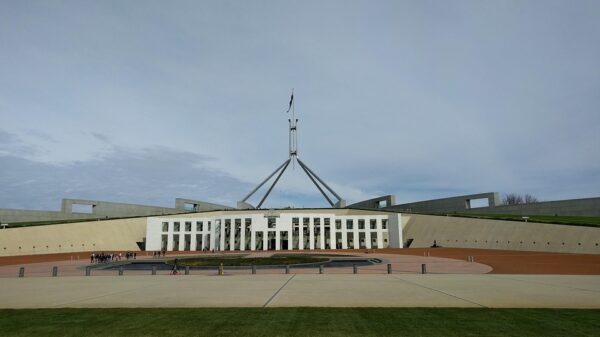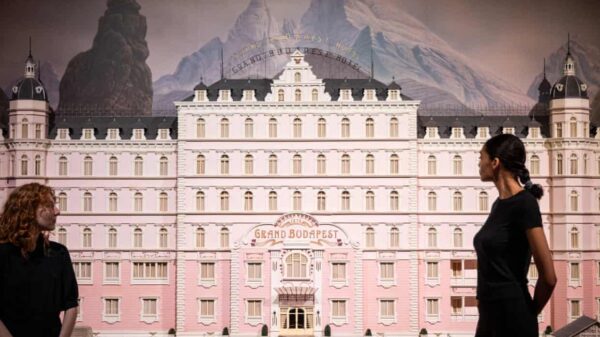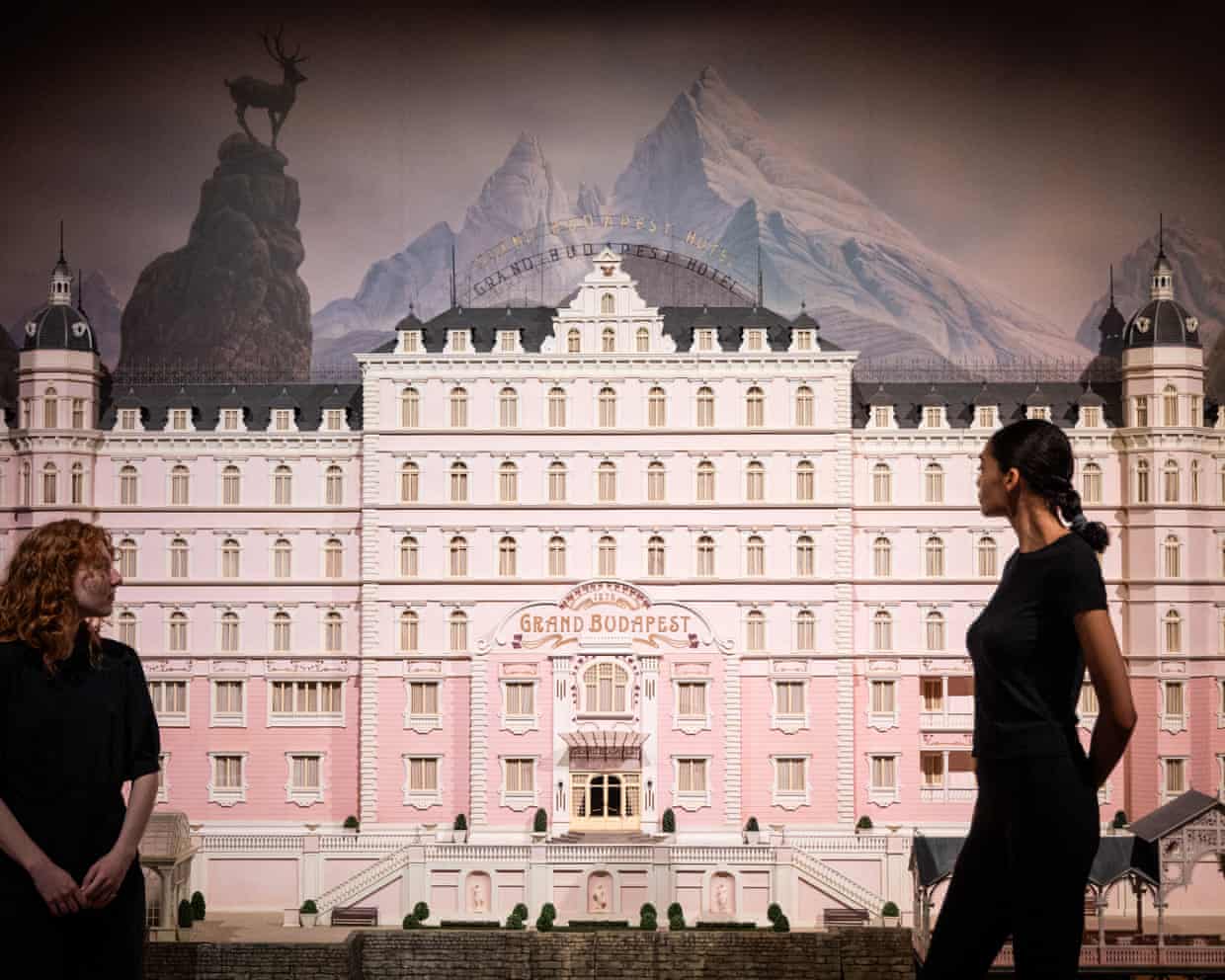The Design Museum in London is showcasing a comprehensive exhibition titled Wes Anderson: The Archives, which runs from November 21, 2023, to July 26, 2024. This exhibit celebrates the meticulous artistry of acclaimed director Wes Anderson, offering fans an in-depth look at his unique cinematic world.
The exhibition is an expanded version of a previous show created in partnership with the Cinémathèque Française in Paris. Visitors can explore a carefully curated collection of over 700 objects linked to Anderson’s films, including costumes, sketches, and models. This journey through his 30-year career begins with his debut feature, Bottle Rocket, and concludes with his latest work, The Phoenician Scheme, released earlier this year.
Exploring Anderson’s Unique Aesthetic
The exhibition design, crafted by Ab Rogers, features rooms adorned in various shades of red, enhancing the whimsical and eccentric vibe that characterizes Anderson’s films. Fans can marvel at a remarkable scale model of the Darjeeling Express as well as the extravagant costume worn by Tilda Swinton as Madame Célène Villeneuve Desgoffe-und-Taxis in The Grand Budapest Hotel. The exhibit also includes the stunning pink model of the Grand Budapest Hotel itself, resembling an elaborate confectionery creation.
Anderson’s attention to detail is evident in every aspect of his work, from the intricately designed stop-motion puppets in Fantastic Mr Fox to the painstaking animation techniques that brought them to life. His commitment to precision is highlighted by anecdotes, such as the auditioning of left-handed children to achieve the perfect handwriting style for a brief moment in Moonrise Kingdom.
Contemplating Artistic Choices
While the exhibition is a treasure trove for dedicated fans, it also raises questions about the representation of race and class in Anderson’s films. Critic Jonah Weiner has noted the unsettling dynamics often present in Anderson’s storytelling, particularly when portraying interactions between white protagonists and non-white characters. Aspects of cultural representation and social commentary are frequently overshadowed by the whimsical aesthetics that define his work.
The exhibition invites viewers to reflect on the balance between Anderson’s vibrant visual storytelling and the underlying themes within his narratives. By presenting a collection of static objects from a dynamic medium, the show challenges visitors to reconsider the essence of film as an art form.
Despite these complexities, Wes Anderson: The Archives continues to attract a devoted following. The exhibition has even inspired a fan site, Accidentally Wes Anderson, where enthusiasts share images of quirky architecture and landscapes reminiscent of Anderson’s distinctive style.
As the exhibition unfolds, it offers a rich exploration of the artistic process behind Anderson’s films, showcasing the intricate details that contribute to his signature storytelling. For those captivated by the world of Wes Anderson, this exhibit provides a unique opportunity to delve into the creative mind of one of cinema’s most beloved directors.


























































